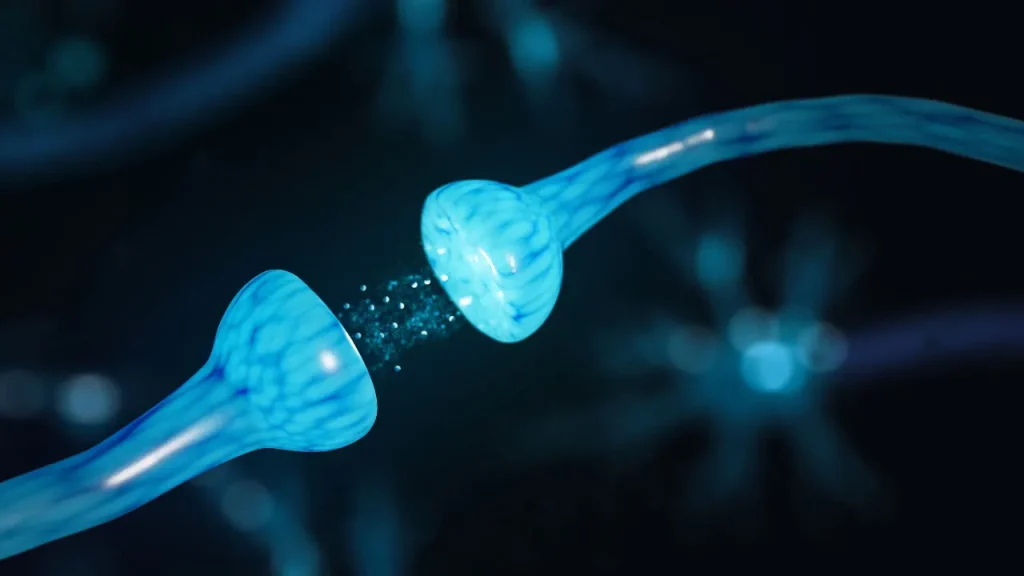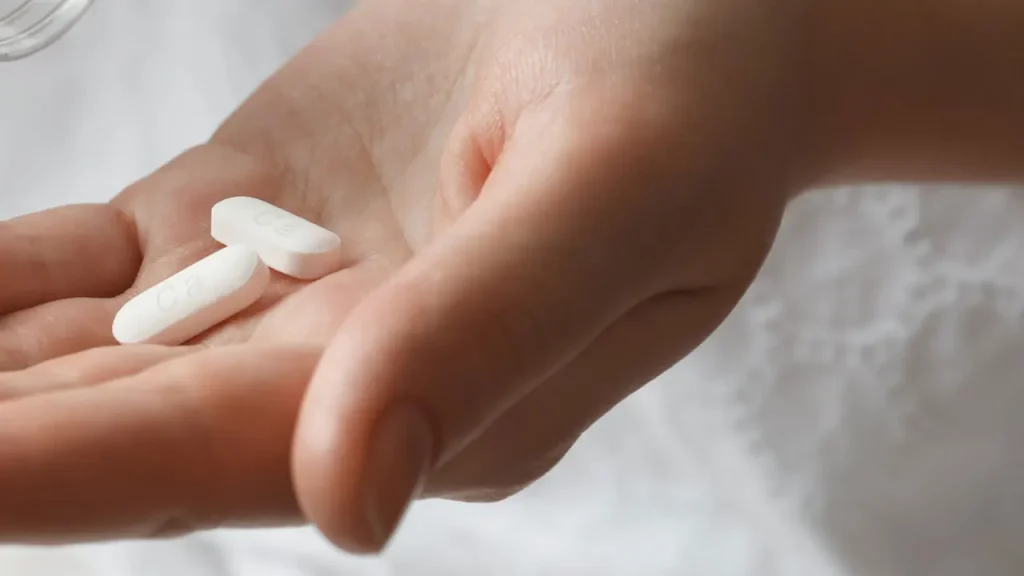The flowering plant genus Brickellia, which belongs to the Asteriaceae family, has received a lot of interest recently due to its conceivable health advantages. Brickellia is a native of North America and has over 110 species. It is mainly found in the southern and southwestern states as well as some regions of Central and South America.
Among these species, Brickellia cavanillesii, also called “Prodigiosa” or “Wonderful,” has a long history of usage in traditional Mexican medicine for treating a range of conditions, such as digestive issues, diabetes, and inflammation. This article seeks to examine the nature of Brickellia, its health advantages, the best dosage, any potential negative effects, possible drug interactions, and the physiological and chemical underpinnings of how it affects the body and the brain.
You May Also Like:
Diamond CBD Gummies vs. Joy Organics CBD Gummies
CBD for Concentration: The Productivity Hack for Energy and Focus
Brickellia: Benefits, Dosage, Side Effects, Drug Interactions, and Other Important Information is an original (NootropicsPlanet) article.
Nature of Brickellia
Brickellia species are perennial herbs or shrubs that are distinguished by their dense clusters of tiny, tubular, disc-shaped blooms. These plants typically have simple, opposite leaves with serrated or lobed margins. Terpenoids, flavonoids, and phenolic acids make up the majority of Brickellia’s chemical makeup, which contributes to its alleged therapeutic properties.
Health Benefits of Brickellia
- Anti-diabetic properties: The health advantage of Brickellia, especially the B. cavanillesii species has received the most attention in its capacity to lessen the signs and symptoms of diabetes. Studies have shown that B. cavanillesii’s ethanolic extract has hypoglycemic properties, reducing blood glucose levels in diabetic rats produced by streptozotocin. These anti-diabetic qualities have been linked to phenolic chemicals, which may improve glucose uptake and insulin sensitivity.
- Gastroprotective effects: Research backs up the traditional usage of Brickellia to treat digestive problems. According to research, the ethanolic extract of B. cavanillesii has gastroprotective properties that prevent the development of stomach ulcers in animal models. It is thought that the stimulation of prostaglandin synthesis and the suppression of stomach acid release are the mechanisms underlying these effects.
- Anti-inflammatory and analgesic properties: Brickellia species have shown promise as all-natural painkillers and anti-inflammatory substances. According to research, B. cavanillesii’s ethanolic extract significantly reduces inflammation in animal models of both acute and chronic inflammation. Additionally, in rodent models of pain, thermal and chemical nociception are also measured which then shows that the extract has analgesic properties. Terpenoids and flavonoids, which may prevent the formation of pro-inflammatory mediators, have been associated with these functions.
- Strong antioxidant properties have been demonstrated for phenolic compounds, which are abundant in Brickellia species and have been found to exhibit these properties. These antioxidants neutralize free radicals and lessen oxidative stress, preventing the deterioration of the body’s cells and tissues. As a result, Brickellia may have advantages in the management and prevention of chronic conditions linked to oxidative stress, including cancer, neurological conditions, and cardiovascular illnesses.

Chemistry of Brickellia
Although Brickellia species differ in their chemical makeup, they all generally include a variety of bioactive substances, such as:
- Terpenoids are a group of chemical molecules made up of isoprene units with five carbons. Terpenoids have been recognized as significant contributors to the analgesic and anti-inflammatory effects of Brickellia.
- Flavonoids: A variety of plant metabolites, flavonoids are renowned for their antioxidant effects. Brickellia’s flavonoids, namely quercetin, and kaempferol, have been connected to the plant’s inflammatory-blocking, analgesic, and antioxidant properties.
- Phenolic acids are aromatic substances with one or more hydroxyl groups linked to their benzene rings. Numerous Brickellia species have been discovered, and phenolic acids like chlorogenic acid and caffeic acid are thought to be a part of what gives them their anti-diabetic and antioxidant properties.
Physiological Mechanisms of Action with Brickellia
Even though the precise physiological mechanisms underpinning Brickellia’s therapeutic actions are not entirely understood, research has revealed some probable pathways that might be at play:
- Anti-diabetic properties: Phenolic chemicals in Brickellia have been linked to the plant’s hypoglycemic effects, which may increase insulin sensitivity and peripheral tissue glucose uptake, decreasing blood sugar levels.
- Gastroprotective properties: It is believed that Brickellia has gastroprotective properties that stimulate prostaglandin synthesis and reduce stomach acid release. Prostaglandins are essential for preserving the health of the stomach mucosa and decreased gastric acid secretion reducing the risk of ulcer development.
- Anti-inflammatory and analgesic characteristics: Cyclooxygenase-2 (COX-2) and inducible nitric oxide synthase (iNOS) are thought to be inhibited by Brickellia’s anti-inflammatory and analgesic properties. This suppression may result in less inflammatory mediator synthesis, such as prostaglandins and nitric oxide, which reduces inflammation and pain.
- Antioxidant qualities: Phenolic chemicals and flavonoids, which function as free radical scavengers, are principally responsible for Brickellia’s antioxidant activities. These substances shield cellular structures and guard them against harmful compounds that can result in the emergence of chronic diseases.

Optimal Dosage of Brickellia
Due to the scarcity of human clinical trials, determining the ideal dosage of Brickellia for medicinal usage is difficult. It is challenging to immediately apply the findings to people because the majority of current studies have been conducted on animals. However, certain conventional uses of Brickellia provide information regarding possible dosages.
3-5 gm of the dried aerial portions of B. cavanillesii are commonly soaked in boiling water for 10-15 minutes before being used as an infusion in traditional Mexican medicine. For various illnesses, such as diabetes and digestive issues, this infusion is taken up to three times each day. It is crucial to remember that these dosages are based on conventional wisdom and have not undergone clinical testing to provide scientific validation. As a result, it is essential to seek advice from a healthcare provider before adding Brickellia to a health regimen.
Side Effects of Brickellia
No substantial negative effects have been linked to the administration of Brickellia extracts in animal experiments. It is important to understand, nonetheless, that the absence of adverse effects in research does not imply that Brickellia supplementation in humans is risk-free. As with any dietary supplement or herbal therapy, each person may react differently, and some adverse effects could develop. Therefore, it is crucial to speak with a doctor before taking Brickellia, especially if you already have health issues or are taking medicine.

Potential Substance Interactions with Brickellia
Brickellia has received little attention from scientists, therefore it is difficult to understand how different substances could interact. However, based on the known pharmacological characteristics of Brickellia, certain possible interactions can be deduced. For instance, Brickellia may interact with anti-diabetic drugs because of its hypoglycemic effects, perhaps resulting in abnormally low blood sugar levels. Additionally, due to its gastroprotective properties, it may interact with drugs like proton pump inhibitors and H2-receptor antagonists that influence gastric acid output. Before using Brickellia with pharmaceuticals, it is essential to speak with a doctor because possible interactions could change a drug’s effectiveness or raise the risk of side effects.
Best Responsible Use of Brickellia
The following recommendations are to be taken into account to ensure the ethical use of Brickellia as a dietary supplement:
- Speak with a doctor before using Brickellia: It’s crucial to speak with a doctor before using Brickellia, especially if you have current medical issues or are on medication. Based on your particular requirements and state of health, they can offer tailored advice on the usefulness, dosage, and potential interactions of Brickellia.
- Pick a reliable supplier: When picking a Brickellia supplement, go with items from reliable producers who follow stringent quality control requirements.
- Begin with a low dosage: Given the paucity of research on the best Brickellia dosages, it is advised to begin with a low dosage and then gradually raise it in accordance with each patient’s tolerance and response. Keep an eye on your body’s responses and let your doctor know if anything goes wrong.
- Employ conventional preparation techniques: In the absence of standardized Brickellia supplements, it may be beneficial to employ conventional preparation techniques, such as ingesting an infusion of B. cavanillesii’s dried aerial parts. However, keep in mind that these dosages are based on conventional wisdom and have not undergone clinical testing to provide scientific validation.
Brickellia:
Conclusion
Brickellia is a native flower of North America and they have long been identified for its medicinal properties. Their main health advantage is their anti-diabetic properties. The extract can also protect your gastrointestinal tract and reduce body inflammation. You should approach Brickellia supplements with caution and prioritize professional advice from doctors. The optimal dosage depends heavily on the user. Brickillia may also interact with other drugs such as proton pump inhibitors and H2-receptor.

References:
- Chemical characterization of Brickellia cavanillesii (Asteraceae) using gas chromatographic methods. Retrieved from:https://www.ncbi.nlm.nih.gov/pmc/articles/PMC3959957/
- Mexican Plants and Derivates Compounds as Alternative for Inflammatory and Neuropathic Pain Treatment—A Review. Retrieved from:https://www.ncbi.nlm.nih.gov/pmc/articles/PMC8145628/
- Antioxidants in Traditional Mexican Medicine and Their Applications as Antitumor Treatments. Retrieved from:https://www.ncbi.nlm.nih.gov/pmc/articles/PMC10145960/
- Medically Useful Plant Terpenoids: Biosynthesis, Occurrence, and Mechanism of Action. Retrieved from:https://pubmed.ncbi.nlm.nih.gov/31683764/
- Volatile terpenoids: multiple functions, biosynthesis, modulation and manipulation by genetic engineering. Retrieved from:https://pubmed.ncbi.nlm.nih.gov/28803364/
Important Note: The information contained in this article is for general informational purposes only, and should not be construed as health or medical advice, nor is it intended to diagnose, prevent, treat, or cure any disease or health condition. Before embarking on any diet, fitness regimen, or program of nutritional supplementation, it is advisable to consult your healthcare professional in order to determine its safety and probable efficacy in terms of your individual state of health.
Regarding Nutritional Supplements Or Other Non-Prescription Health Products: If any nutritional supplements or other non-prescription health products are mentioned in the foregoing article, any claims or statements made about them have not been evaluated by the U.S. Food and Drug Administration, and such nutritional supplements or other health products are not intended to diagnose, treat, cure, or prevent any disease.


